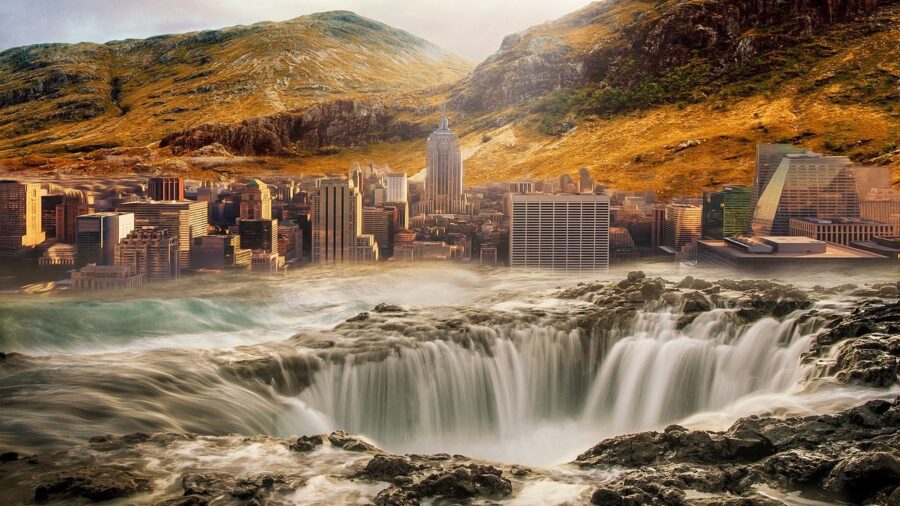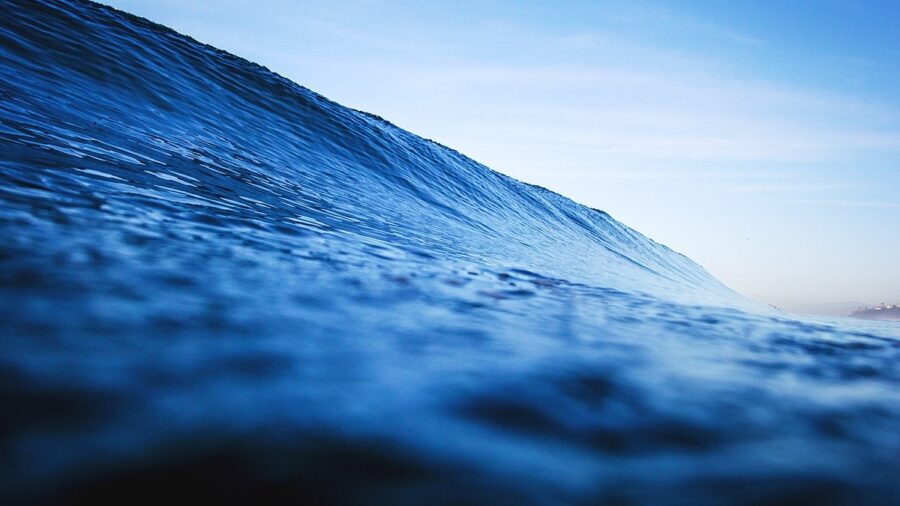Scientists Find Terrifying Gravity Hole At The Bottom Of The Ocean

Caution: this article might increase your thalassophobia (fear of the ocean). As we all know, the ocean contains a lot of scary and unknown things. It also contains a lot of scary and known things, like the terrifying “gravity hole” that encompasses more than one million square miles at the depths of the Indian Ocean.
This “gravity hole” is not technically a hole in the ocean, but an area where geophysicists have found Earth’s gravity is much lower than the rest of the world.
According to Futurism, deep beneath the vast expanse of the Indian Ocean lies a perplexing phenomenon that has intrigued scientists for decades—an immense “gravity hole.” Here, everything we’ve learned about gravity since the apple dropped on Newton’s head goes out the window.
This “gravity hole” is not technically a hole in the ocean, but an area where geophysicists have found Earth’s gravity is much lower than the rest of the world.
The gravity hole is an enigmatic depression in the Earth’s crust that challenges the conventional understanding of gravity and provides a captivating window into the planet’s ancient geological evolution.
Because the Earth isn’t a perfectly spherical shape, the gravitational pull varies depending on location. There are irregular highs and lows across the planet’s surface, and one of these lows includes the “hole” at the bottom of the Indian Ocean, which was discovered in 1948.
In a new study published in Geophysical Research Letters, Attreyee Ghosh and Debanjan Pal from the Indian Institute of Science examined the Indian Ocean geoid low (IOGL) in detail and found that the sea level in this particular gravity hole is approximately 350 feet lower than the global average.
There are irregular highs and lows across the planet’s surface, and one of these lows includes the “hole” at the bottom of the Indian Ocean, which was discovered in 1948.

Determined to figure out why this phenomenon occurred, Ghosh and Pal researched further and developed a compelling theory for forming the IOGL.
The Cause of the Gravity Hole
The researchers hypothesize that the IOGL gravity hole emerged as a result of the “African blob,” an enormous mass located more than 600 miles beneath Africa’s surface, being forced underneath the Indian Ocean.
This “blob” is believed to have originated from remnants of the seafloor from the ancient Tethys Ocean, which existed over 200 million years ago between the supercontinents Laurasia and Gondwana.
Around 120 million years ago, as the Indian subcontinent moved northward, the Indian Ocean formed in the region previously occupied by the Tethys Ocean. Ghosh and Pal’s study suggests that approximately 20 million years ago, plumes of hot, low-density magma surrounding the area interacted with descending slabs of the Tethys Ocean’s remnants in the Earth‘s mantle.
This interaction likely gave rise to the present-day shape of the IOGL, amplifying the gravitational anomaly in the Indian Ocean and creating this massive gravity hole.
While Ghosh and Pal’s study offers valuable insights into the formation of the IOGL, numerous questions remain unanswered as we can never fully know what happened to create this gravity hole, even through high-tech simulations.
Ghosh and Pal’s study is a compelling theory, but other factors might have contributed to the existence of the IOGL. However, the more that we study Earth’s anomalies, the more we might begin to put together the pieces of our planet’s past and discover how and why strange things like gravity holes exist on Earth’s surface.












